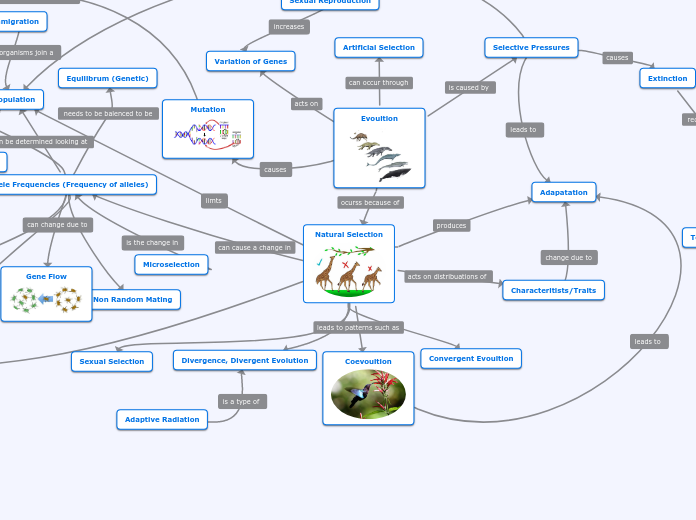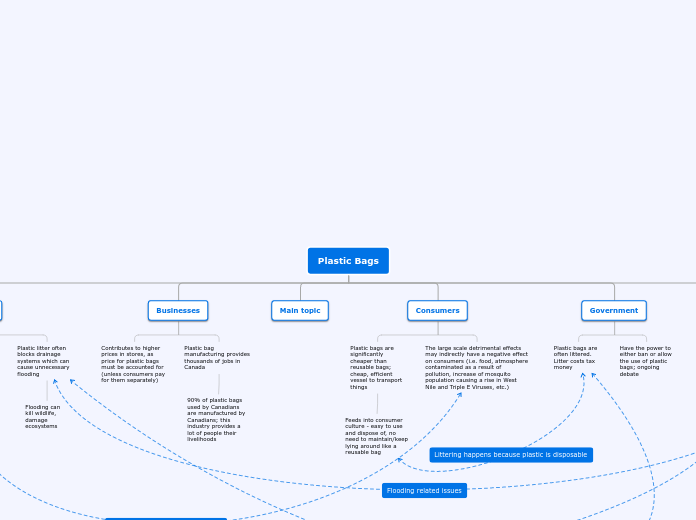by Fady Waheed 11 years ago
2528
The Impact of Global Warming on Egypt
Egypt's vulnerability to global warming is primarily due to its reliance on the Nile River, which is crucial for agriculture and water supply. The Aswan Dam, while beneficial for electricity generation and flood control, prevents essential nutrients from reaching the Nile Delta.









